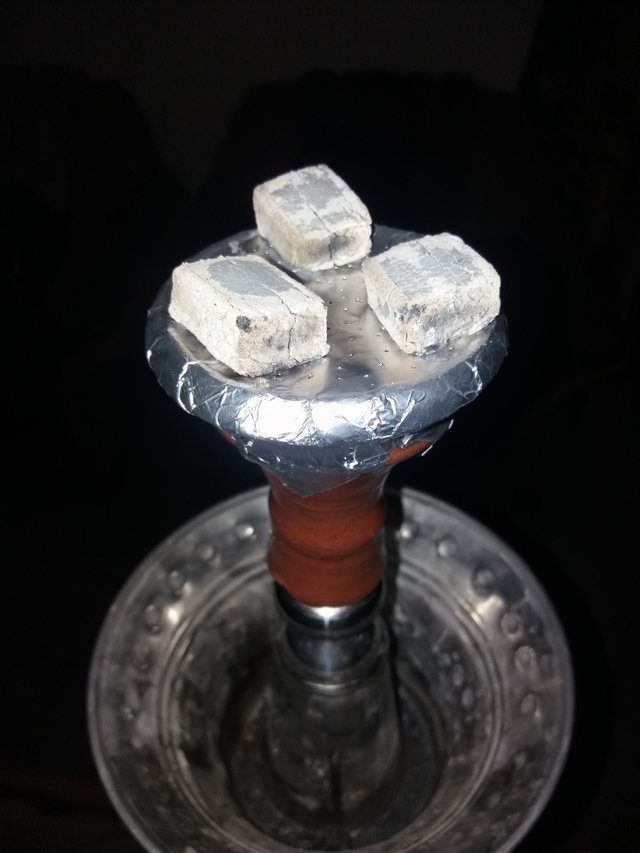Hokkah
hookah or ḡalyān (Persian: قلیان Urdu: حقّہ (Nastaleeq), IPA: [ˌɦʊqqaː]; also see other names) is a single or multi-stemmed instrument for vaporizing and smokingflavored tobacco (called Mu‘assel), or sometimes cannabis or hashish, whose vapor or smoke is passed through a water basin—often glass-based—before inhalation.[1][2][3]
Health risks of smoking hookah include exposure to toxic chemicals that are not filtered out by the water[4] and risk of infectious disease when hookahs are shared.[5][6]
There are two theories regarding the origin of the hookah. The first is that it originates in Safavid dynasty of Persia,[7][8][9][10] from where it eventually spread to the east into the Indian subcontinent during that time.[11][12] The second is that the waterpipe was invented by Abu’l-Fath Gilani, an Iranian hakim whom was also a physician at the court of the Mughal emperor Akbar;[13][14][15][16][17] The hookah or Argyleh soon reached Egypt and the Levantduring the Ottoman dynasty from neighbouring Safavid dynasty, where it became very popular and where the mechanism was later perfected.
The Persian name of the implement for smoking, ḡalyān, was apparently derived from the Ar. √ḡlā (to boil, bubble up); it also refers specifically to the water reservoir of the pipe (Dāʿī-al-Eslām, II, p. 743). The term nargileh, used in Turkish and most European languages, is derived from Sanskrit nālikerahá (coconut) and is applied to the water-pipe because the first water reservoirs were made of coconut shells. In Gīlān ḡalyāns were made from hollowed-out gourds that were decorated and filled with water. They were called qalyān-e kūʾī (Ḥājj Sayyed Jawādī, p. 46).[7]
The word hookah is a derivative of "huqqa", a Hindustani term.[18][19] Outside its native region, hookah smoking has gained popularity throughout the world, especially among younger people, largely due to immigrants from the Levant, where it is especially popular.[20][citation needed]

Hi! I am a robot. I just upvoted you! I found similar content that readers might be interested in:
http://www.iranicaonline.org/articles/galyan-